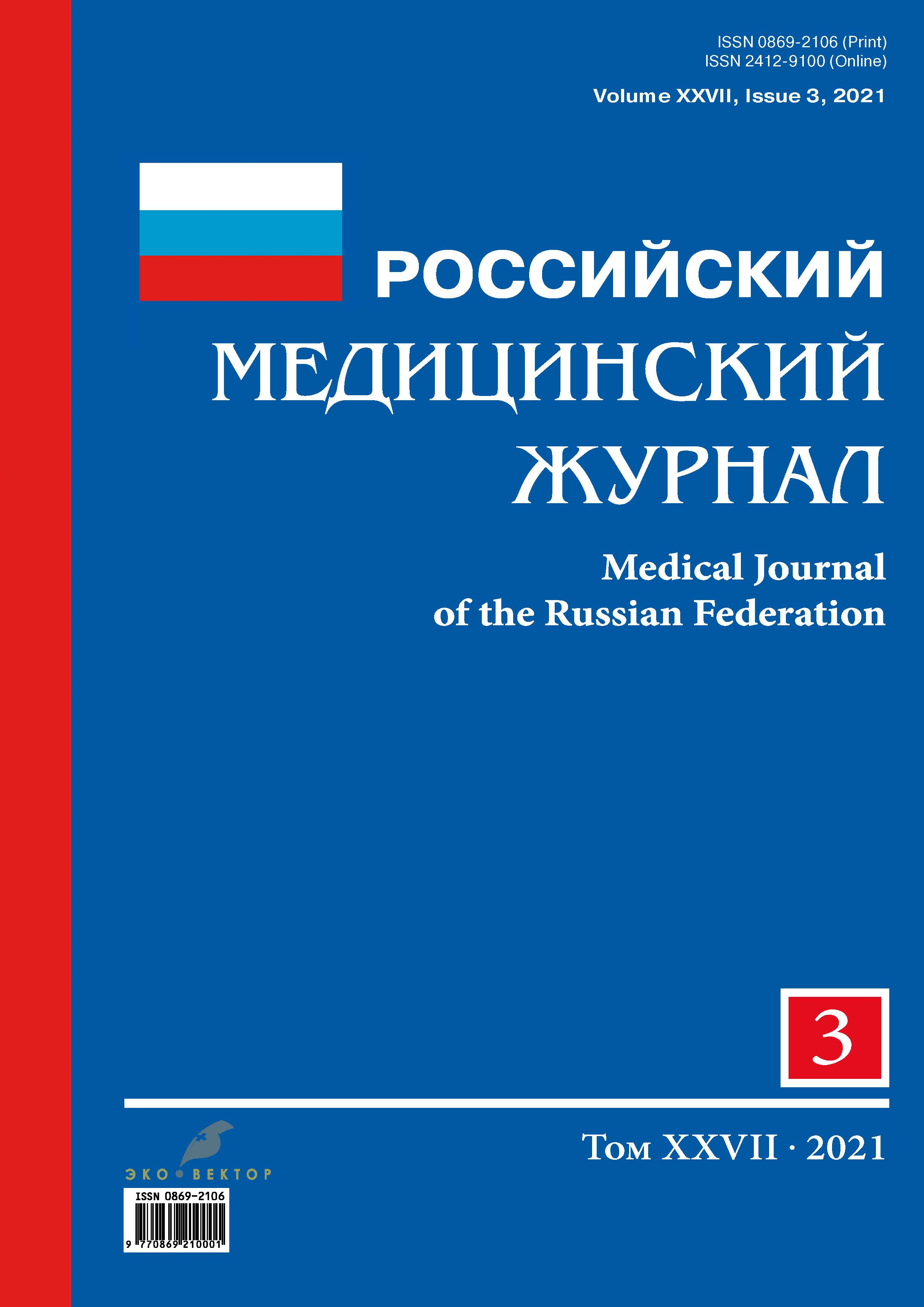A сomplication of COVID-19 in the maxillofacial region. Сlinical cases
- Authors: Khelminskaya N.M.1, Posadskaya A.V.1, Kravets V.I.1, Pavlova I.A.2
-
Affiliations:
- N.I. Pirogov Russian National Research Medical University
- City Сlinical Hospital No 1
- Issue: Vol 27, No 3 (2021)
- Pages: 313-320
- Section: Case reports
- URL: https://journal-vniispk.ru/0869-2106/article/view/101317
- DOI: https://doi.org/10.17816/0869-2106-2021-27-3-313-320
- ID: 101317
Cite item
Abstract
This study focuses on the clinical symptoms of inflammatory and destructive lesions of the facial skeletal bones as a long-term complication of coronavirus disease-2019 (COVID-19). The most common symptom of COVID-19 is thrombosis. Many scientists have noted that the main target of COVID-19 is the lungs with varying damage severity in the form of pneumonia. Acute cerebrovascular accidents and coronary pathology have become the most common causes of lethal outcomes in young people. Clinically, in patients with COVID-19, both obvious thrombotic complications were recorded with large thrombi detection (not only in the veins and pulmonary arteries, but also in the heart and vessels of the brain, kidneys, and liver), as well as signs of thrombosis at the microcirculatory level, which is quite difficult to establish in vivo. The diagnostics, treatment, and follow-up of a patient with COVID-19 history and complications that arose in the maxillofacial region were conducted in the Department of Maxillofacial Surgery of Clinical Hospital. Upon admission, the patient was diagnosed with chronic osteomyelitis of the upper jaw on the right, chronic right-sided maxilloethmoidal sinusitis, mucous membrane defect on the right hard palate, oroantral fistula on the right, and keratitis of the right eye. During the inpatient treatment, multicomponent therapy was performed. During the therapy, a general condition and local status improvement of the patient was noted.
CONCLUSIONS: The clinical cases indicate that the course of COVID-19 is characterized by late complications in the maxillofacial region in the form of damaged vessels that extend from the а. maxillaris trunk in the pterygopalatine fossa region.
The trophic disorder was slowly progressive and irreversible. The clinical and radiological presentation showed no clearly defined boundaries of bone necrosis of the facial middle zone. Low tissue regeneration was noteworthy.
Keywords
Full Text
##article.viewOnOriginalSite##About the authors
Natalya M. Khelminskaya
N.I. Pirogov Russian National Research Medical University
Author for correspondence.
Email: khelminskaya@mail.ru
ORCID iD: 0000-0002-3627-9109
MD, Dr. Sci. (Med.), Professor
Russian Federation, MoscowAleksandra V. Posadskaya
N.I. Pirogov Russian National Research Medical University
Email: shush79@mail.ru
ORCID iD: 0000-0002-5926-8541
MD, Cand. Sci. (Med.), assistant professor
Russian Federation, MoscowViktor I. Kravets
N.I. Pirogov Russian National Research Medical University
Email: vi_kravets@mail.ru
ORCID iD: 0000-0002-6345-3993
MD, Cand. Sci. (Med.), assistant professor
Russian Federation, MoscowIrina A. Pavlova
City Сlinical Hospital No 1
Email: personal2032@mail.ru
ORCID iD: 0000-0002-6564-2595
Russian Federation, Moscow
References
- covid19.who.int [Internet]. [cited 18 August 2021]. Available from: https://covid19.who.int/cardioweb.ru [Internet]. Narusheniya svertyvaniya krovi u patsientov s COVID-19: rekomendatsii ekspertov [cited 18 August 2021]. Available from: https://cardioweb.ru/news/item/2129-narusheniya-svertyvaniya-krovi-u-patsientov-s-covid-19-rekomendatsii-ekspertov(In Russ).
- Blanco-Melo D, Nilsson-Payant BE, Liu WC, et al. Imbalanced Host Response to SARS-CoV-2 Drives Development of COVID-19. Cell. 2020;181(5):1036–1045 e1039. doi: 10.1016/j.cell.2020.04.026
- Catanzaro M, Fagiani F, Racchi M, et al. Immune response in COVID-19: addressing a pharmacological challenge by targeting pathways triggered by SARS-CoV-2. Signal Transduct Target Ther. 2020;5(1):84. doi: 10.1038/s41392-020-0191-1
- Group RC, Horby P, Lim WS, et al. Dexamethasone in Hospitalized Patients with Covid-19. N Engl J Med. 2021;384(8):693–704. doi: 10.1056/NEJMoa2021436
- Cowan LT, Lutsey PL, Pankow JS, et al. Inpatient and Outpatient Infection as a Trigger of Cardiovascular Disease: The ARIC Study. J Am Heart Assoc. 2018;7(22):e009683. doi: 10.1161/JAHA.118.009683
- Nagai T, Nitta K, Kanasaki M, et al. The biological significance of angiotensin-converting enzyme inhibition to combat kidney fibrosis. Clin Exp Nephrol. 2015;19(1):65–74. doi: 10.1007/s10157-014-1000-3
- youtube.com [Internet]. ACC/Chinese Cardiovascular Association COVID-19 Webinar 1 [cited 18 August 2021]. Available from: https://www.youtube.com/watch?v=CjEhV68GcD8
- Thachil J, Tang N, Gando S, et al. ISTH interim guidance on recognition and management of coagulopathy in COVID-19. J Thromb Haemost. 2020;18(5):1023–1026. doi: 10.1111/jth.14810
- academy.isth.org [Internet]. OBE BH, Retter A, McClintock C. Practical guidance for the prevention of thrombosis and management of coagulopathy and disseminated intravascular coagulation of patients infected with COVID-19 [cited 18 August 2021]. Available from: https://academy.isth.org/isth/document_library?dc_id=9449&f=menu%3D8%2Abrowseby%3D8%2Asortby%3D2%2Alabel%3D19794
- Kozlov IA, Tyurin IN. Cardiovascular complications of COVID-19. Messenger of anesthesiology and resuscitation. 2020;17(4):14–22. (In Russ). doi: 10.21292/2078-5658-2020-17-4-14-22
- Ivanov MB, Shustov EB, Litvintsev BS, et al. Endothelial dysfunction as a link in COVID-19 pathogenesis. Medline.ru. 2020;21(71):884–903. (In Russ).
- Larina VN, Golovko MG, Larin VG. Possible effects of coronavurus infection (COVID-19) on the cardiovascular system. Bulletin of RGMU. 2020(2-2020). (In Russ). doi: 10.24075/vrgmu.2020.020
- Zhang Y, Xiao M, Zhang S, et al. Coagulopathy and Antiphospholipid Antibodies in Patients with Covid-19. N Engl J Med. 2020;382(17):e38. doi: 10.1056/NEJMc2007575
Supplementary files













